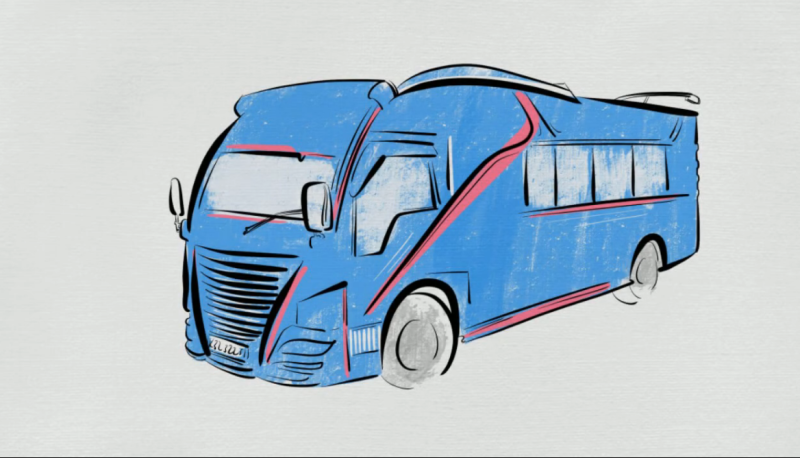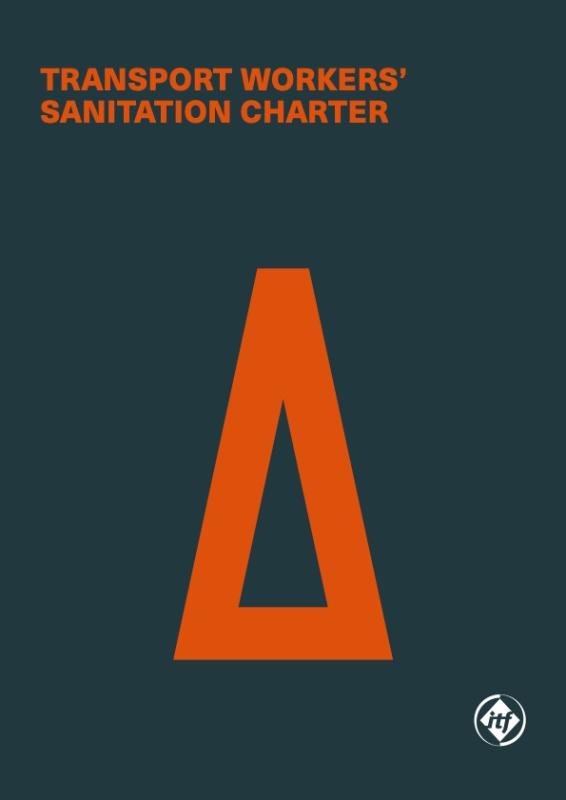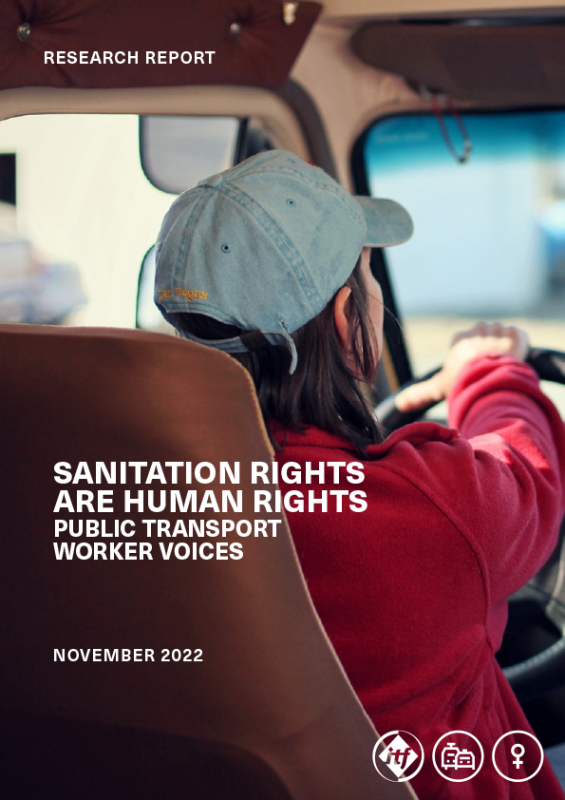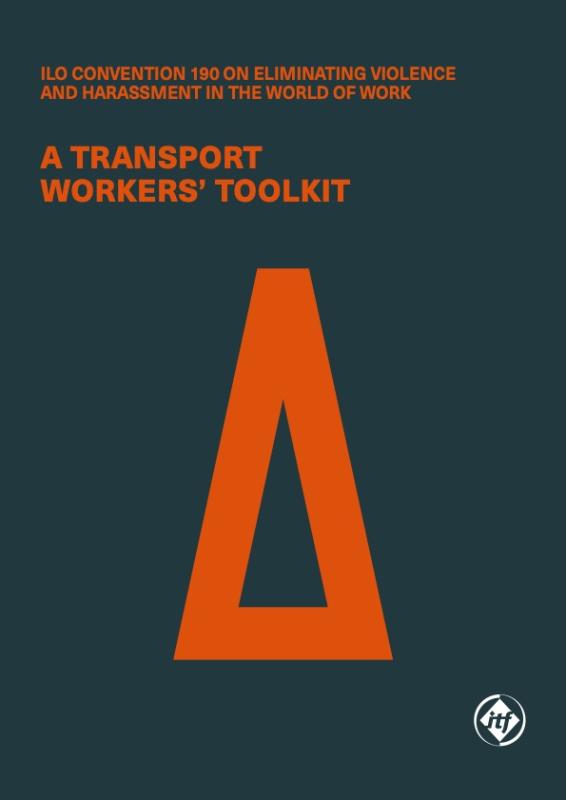Recruitment strategies can make some impact, but it is also important to address workplace issues that discourage women from joining and remaining in the sector rather than simply focussing on fulfilling recruitment targets.
Monitoring and enforcement are also needed. For example, regular data reporting, equality audits and analysis of pay and conditions. Workforce data should be disaggregated by gender, occupation and grade/seniority, in direct and subcontracted employment to monitor progress towards gender equality.
Sanitation facilities
Lack of safe access to decent toilets and other sanitation facilities can have a substantial impact on the health and safety of men and women transport workers. And if there is no provision of separate facilities for women, this sends a clear message about how women are seen in the industry.
Safe access to decent, gender-responsive sanitation facilities at workplaces and on routes in public spaces must be incorporated, and women should also be involved in the design of these spaces to ensure they accommodate their needs. Regular scheduled toilet breaks are also very important.
Health and safety at work (OSH)
In an industry dominated by men, women transport workers are frequently unrepresented in industrial issues including OSH. Opportunities to prevent accidents and ill-health are likely to be missed by taking a so-called gender-neutral approach.
One size does not fit all – whether it is PPE or workstation and workplace design – and it is essential to have a safe, healthy and dignified work environment supporting women’s health issues without stigma, including menstruation, pregnancy and menopause. There must be women’s involvement in developing and implementing gender-responsive preventative health and safety measures. Taking action to address these issues will mean better protection for women and men transport workers.
Key issues that have been identified as central to the drive for safe and healthy work for women transport workers include: violence free workspaces, safe access to decent sanitation, PPE, appropriate and safe work clothing including uniforms, safe and healthy commuting.
Uniforms
According to the ITF Equality Testing Research in 2018:
- 21% of seafarers indicated that the uniforms provided are designed for men
- 22% of civil aviation workers stated that it is mandatory for women in the sector to wear high heels
- 15% of railway workers reported that their uniforms do not have provisions for pregnancy
- 11% of road transport workers said women must make their own uniforms
Violence and harassment
Gender-based harassment, bullying and violence continues to be an endemic issue in the global transport industry and is a powerful barrier to women’s equality. If we are to improve women’s employment in the industry, there has to be action to end violence against women transport workers, including engaging women and men in the solutions.
Work-life balance
Work design – including awkward shift patterns and long periods away from home – does not always recognise the disproportionate caring faced by women. There must be implementation of policies which allow integration of family and caring responsibilities for all workers.
Wage equality
The jobs women typically work in transport are usually lower status and less well paid. Even when they are doing the same jobs as men, women may earn less because the hours they are able to work are limited because of their extra caring responsibilities. Due to the risk of increased exposure to violence and harassment, women are often discouraged to work at night and so miss out on the profitable hours.
There must be equal pay for work of equal value, and equal access to social security, maternity benefits and pensions.
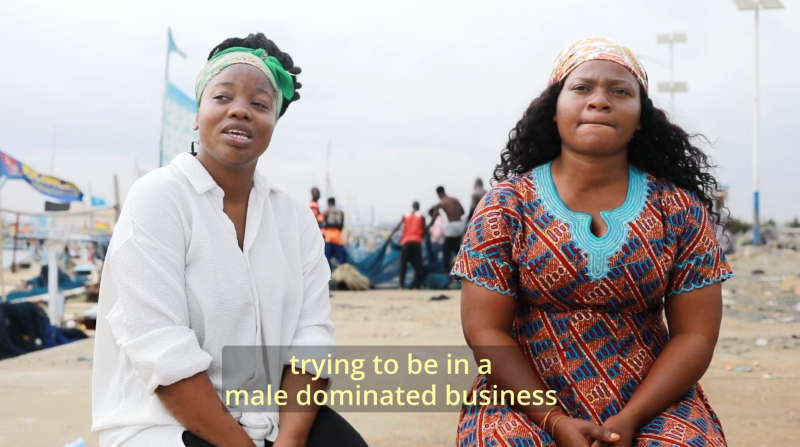
Women fisherfolks in Ghana: violence and systemic exclusion
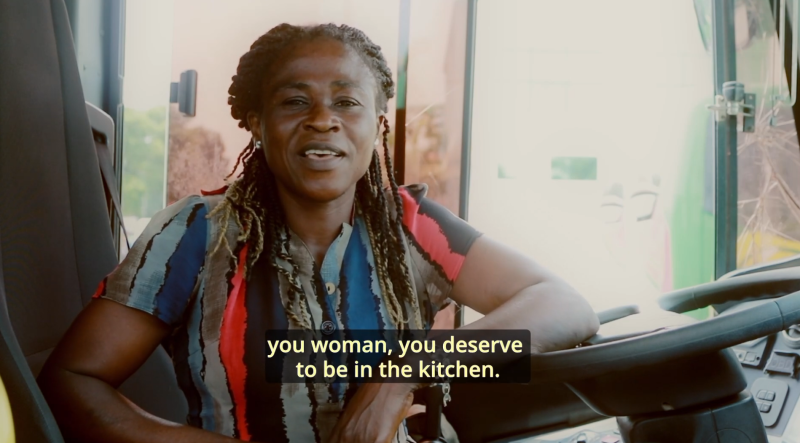
Women Bus Drivers the Need to Create a Safe World of Work
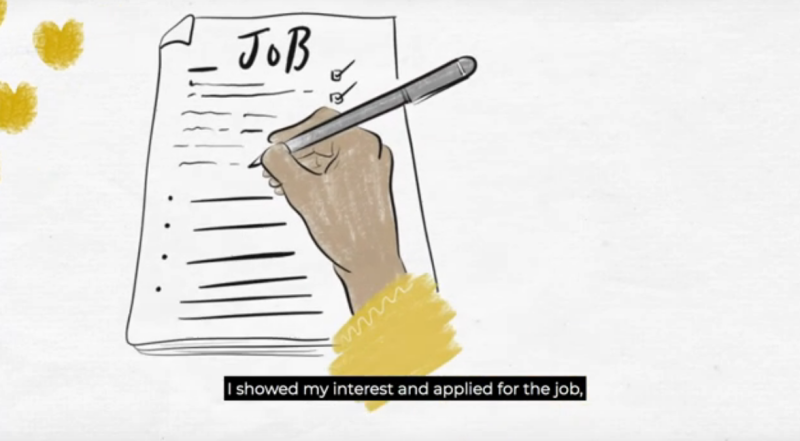
Sanitation - An Aircraft Marshaller's story, Brazil
ITF Sanitation Charter
SANITATION RIGHTS ARE HUMAN RIGHTS, PUBLIC TRANSPORT WORKER VOICES
ILO C190: A Transport Workers' Toolkit
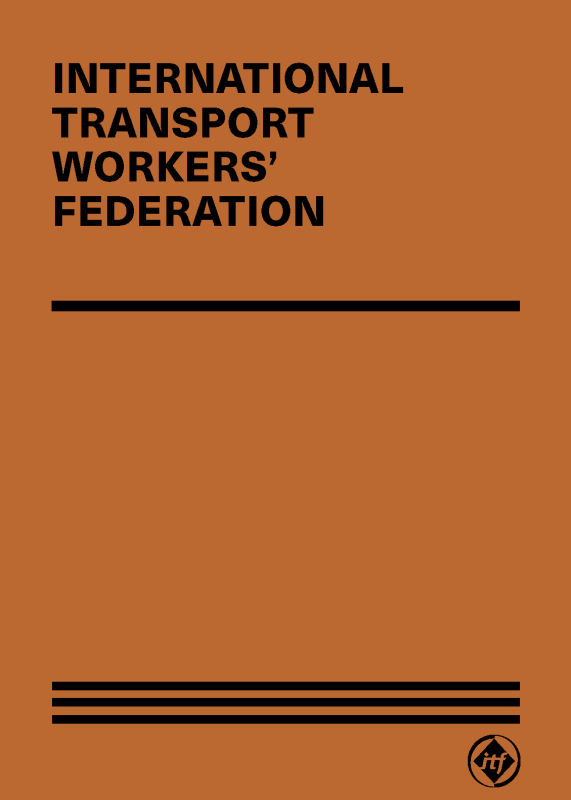
Equality Testing in Transport
